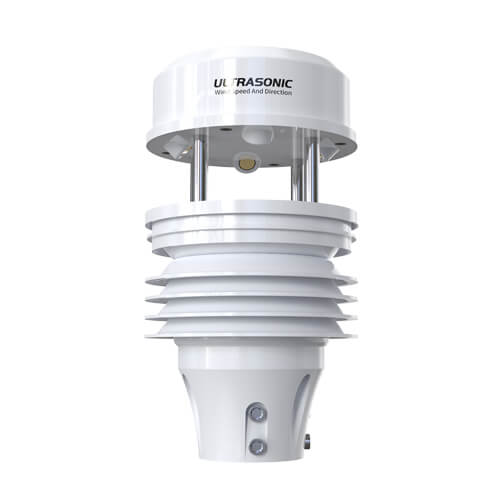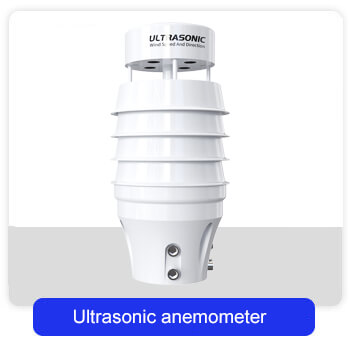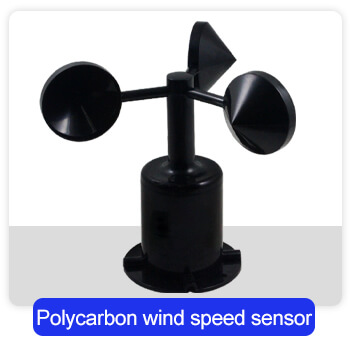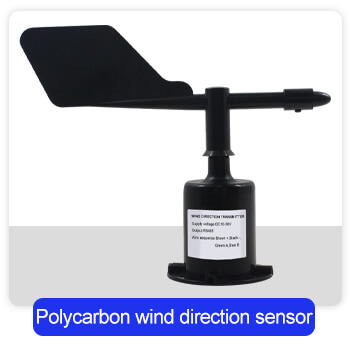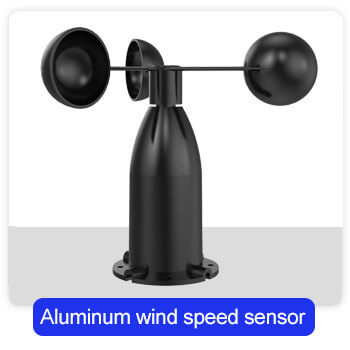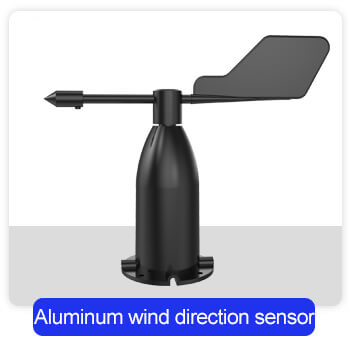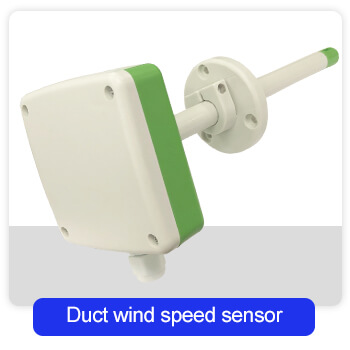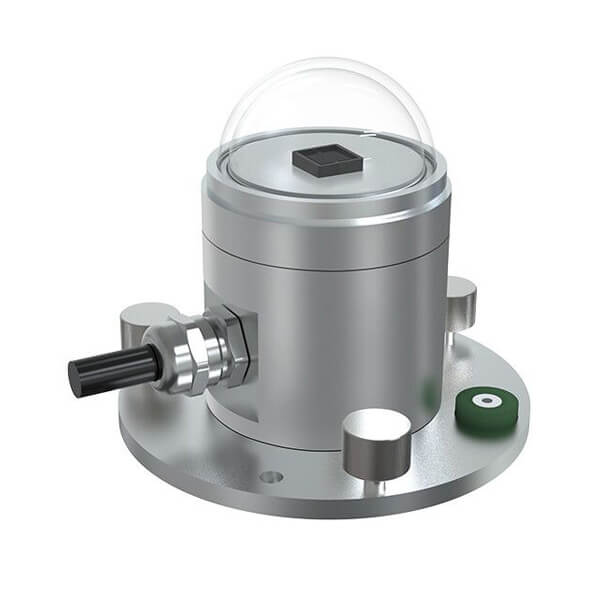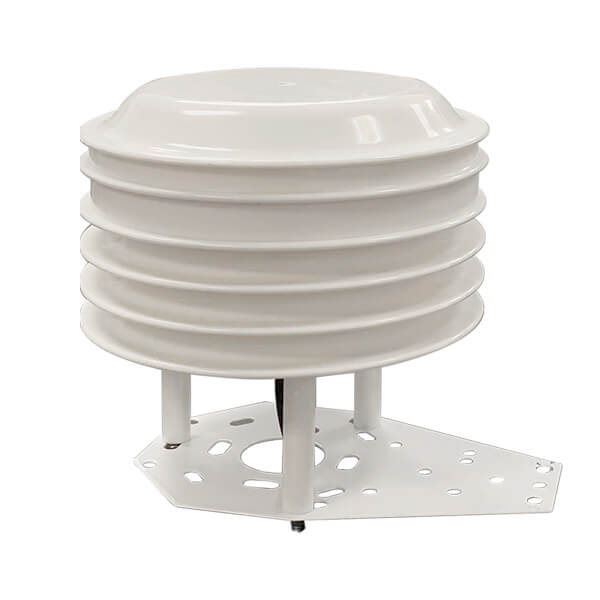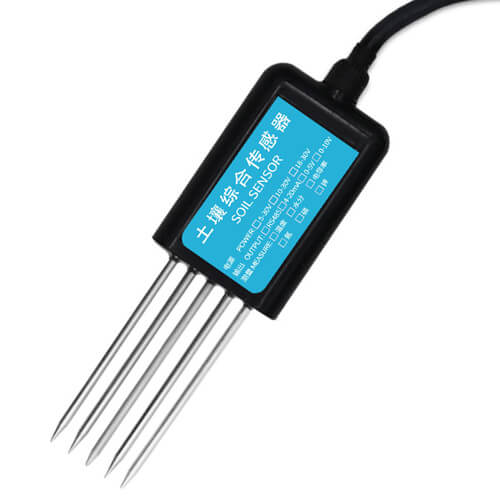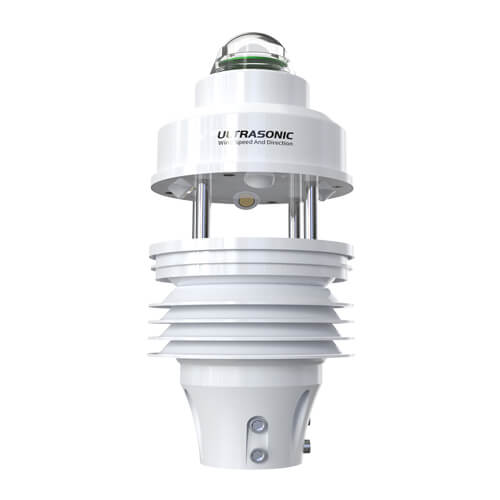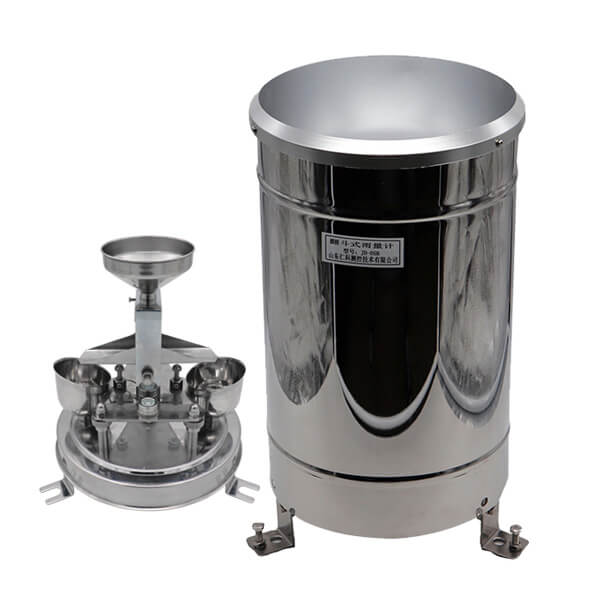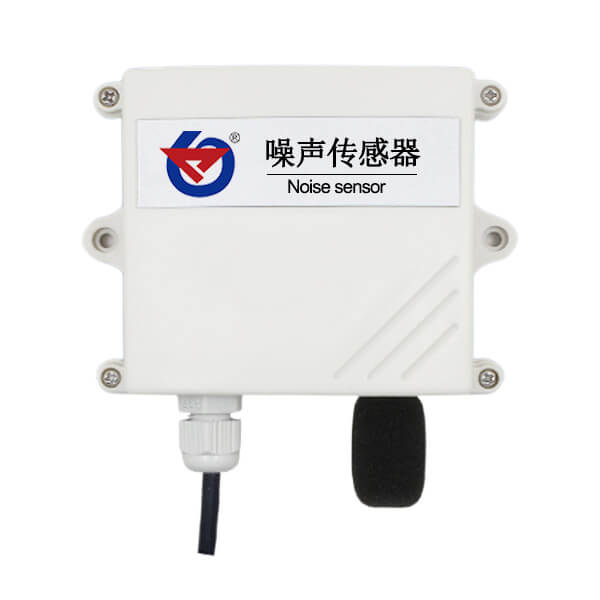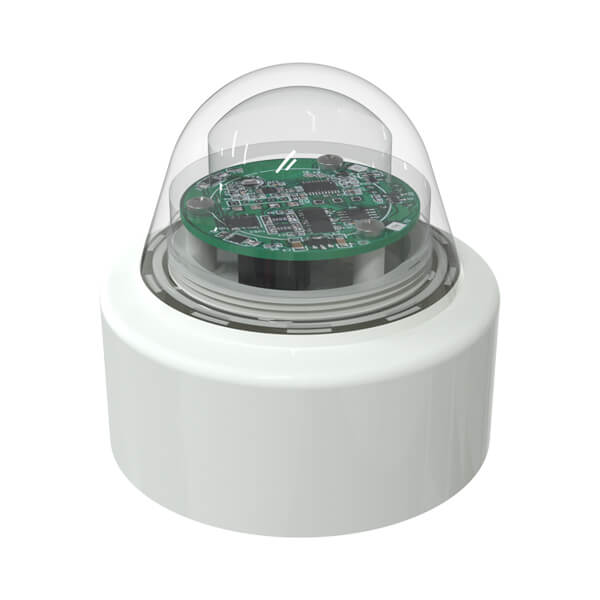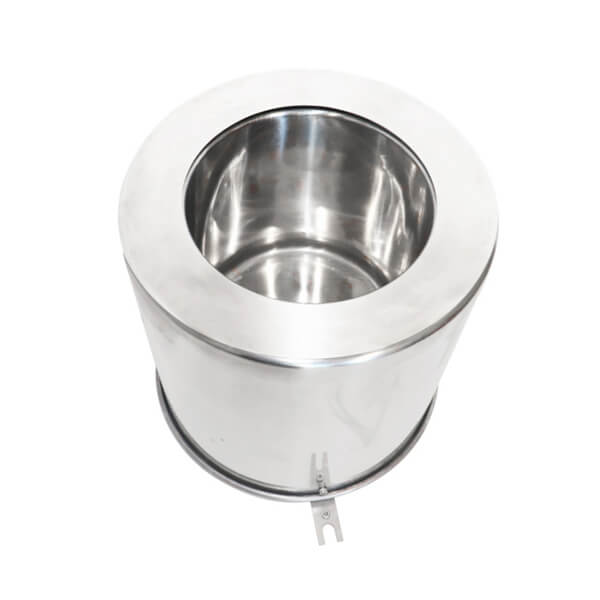Difference between wind speed sensor and air volume sensor The difference between the wind speed sensor and the air volume sensor starts with the wind
Ultrasonic Wind Speed Direction Sensor
The ultrasonic wind speed direction sensor is a wind speed and direction measuring instrument developed based on the principle of ultrasonic waves. It uses the transmitted sound wave pulse to measure the time or frequency (Doppler transform) difference at the receiving end to calculate Wind speed and direction. The sensor can simultaneously measure the instantaneous values of wind speed and wind direction.
- Model: RS-CFSFX-*-2H-EX
- MOQ: 1 PCS
- Delivery date: within 24 hours
- Price: USD 132
Ultrasonic wind speed and direction sensor
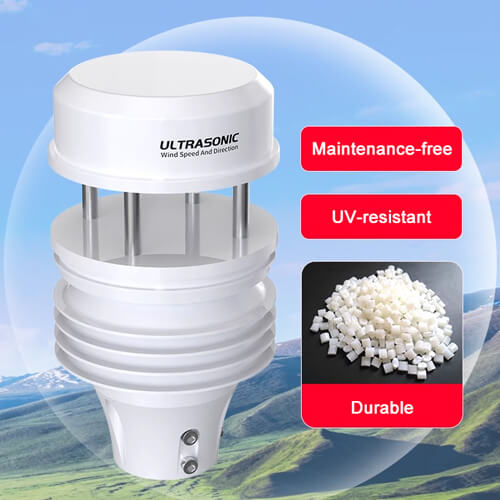
The ultrasonic wind speed direction sensor has the characteristics of lightweight, no moving parts, sturdiness, and durability, and does not require maintenance and on-site calibration. It can output wind speed and direction at the same time. Customers can choose wind speed units, output frequency, and output format according to their needs. You can also select a heating device (recommended in a cold environment) or analog output according to your needs. This ultrasonic wind sensor can be used in conjunction with a computer, data collector, or other collection equipment with RS485 or analog output. If necessary, multiple units can be used to form a network.
The ultrasonic wind sensor is a more advanced instrument for measuring wind speed and direction. Because it overcomes the inherent shortcomings of mechanical anemometers, ultrasonic win sensor can work normally all-weather and for a long time, and is more and more widely used. It will be a powerful substitute for mechanical anemometers.
We provide a free cloud platform for you to view data, with a one-year warranty and support customization.
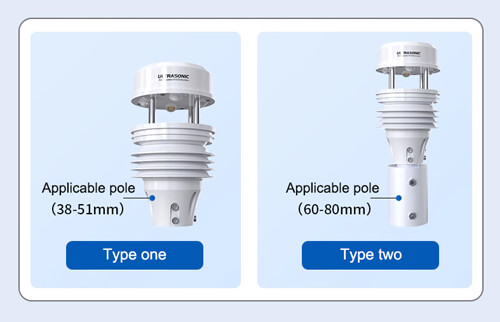
ultrasonic wind speed direction sensor parameters&video
Power supply: 10V~30V DC
Range:
Wind speed: 0~60m/s (customizable)
Wind direction: 0~359°
Precision:
Wind speed: ±(0.2m/s±0.02*v) (v is the real wind speed) (60%RH,25℃)
Wind direction: ±3° (60%RH,25℃)
Resolution: 0.01 m/s, 1°
Working environment: -40~60℃, 0~100%RH
Wind strength: 75 m/s
Response time: 1S
Protection level: IP66
Output signal: 4-20mA, 0-5v, 0-10
Ultrasonic wind speed and direction sensor working principle
The working principle of the ultrasonic wind sensor is to use the ultrasonic time difference method to measure wind speed and direction. Because the speed of sound in the air will be superimposed with the speed of airflow in the wind. If the propagation direction of the ultrasonic wave is the same as the wind direction, then its speed will increase. Conversely, if the propagation direction of the ultrasonic wave is opposite to the wind direction, then its speed will slow down. Therefore, under fixed detection conditions, the speed of ultrasonic propagation in the air can correspond to the wind speed function. The precise wind speed and direction can be obtained by calculation. As the sound wave propagates in the air, its speed is greatly affected by temperature; the wind speed sensor detects two opposite directions on the two channels, so the effect of temperature on the sound wave speed can be ignored.
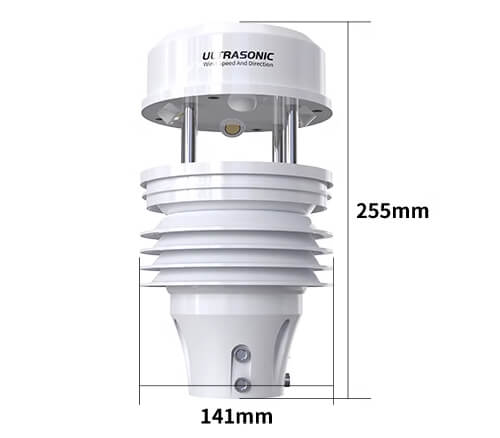
Advantages
Compared with the traditional mechanical wind speed and direction sensor, the ultrasonic wind sensor has the following four advantages:
No inertial measurement
No inertial measurement, no start-up wind speed limit, zero wind speed work, 360° Omni-directional no angle limit, can obtain wind speed and wind direction values at the same time.
Adopt an integrated structure design
Adopt an integrated structure design, no moving parts as a whole, and the shell is made of engineering plastic material, which has low wear and long service life.
Using random error identification technology
Using random error identification technology, can ensure low dispersion error of measurement even under strong wind, making the output more stable.
The equipment does not require on-site calibration and maintenance
The ultrasonic wind speed and direction sensor is equipped with four downward-oriented ultrasonic probes on the top of the device. They can send and receive ultrasonic waves in a two-dimensional plane. The time difference of ultrasonic propagation in the air is used to calculate the measured wind speed through the built-in microprocessor. The value of the wind direction is uploaded to the monitoring center or cloud platform through the concentrator via 4G/GPRS communication for users to view.
Blogs
Table of Contents What is the wind speed and direction? Wind is a physical quantity that represents the movement of air currents. It has both
A complete set of a weather station is composed of two parts: hardware and software. The hardware part includes various weather station sensors, connecting lines,
Table of Contents How wind sensor work? Wind speed sensor working principle Wind speed sensor is a physical device used to measure wind speed. The
Table of Contents What is an anemometer? An anemometer is an instrument that measures the velocity of air, sometimes called a wind sensor. The earliest
The weather station can provide users with comprehensive weather information over the years. Regular maintenance of weather stations is an important operation to ensure measurement
Table of Contents Do you know where to mount weather station? The weather station should be installed as far as possible on the open ground
The weather sensors are the sensing end of the weather station and collect various weather-related data. The weather station can obtain the main parameters and
Table of Contents What are meteorological sensors? Meteorological sensors are specialized equipment for understanding and measuring climate change. These sensors are often mounted in combination
Table of Contents Where to mount wind sensor? Installing wind sensor on the weather station The wind sensor is a crucial component of a weather

